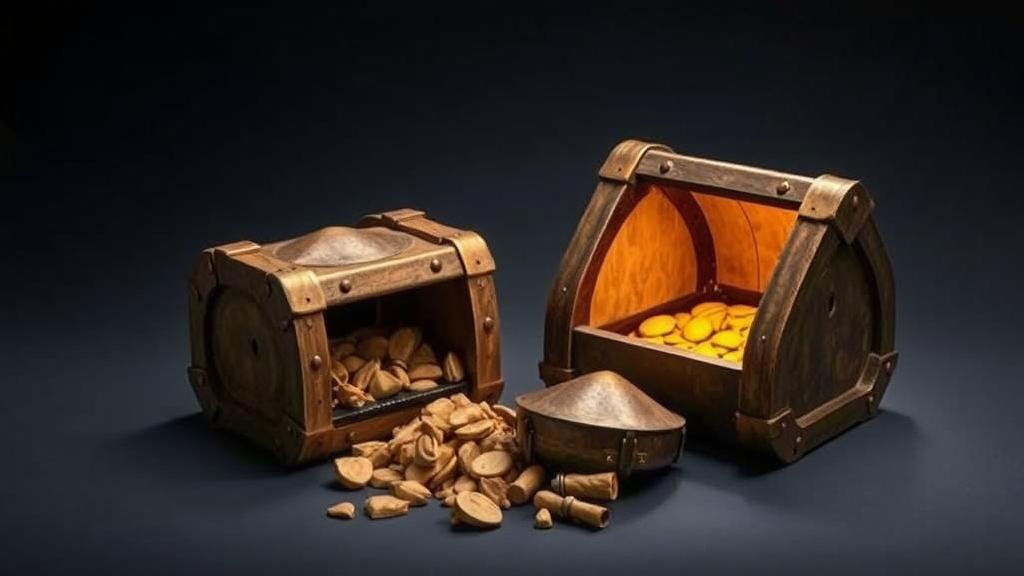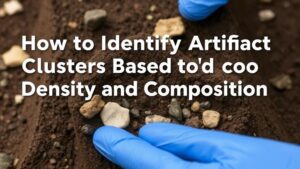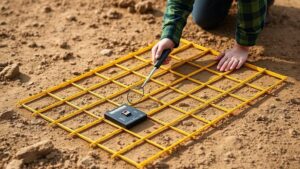How to Cross-Analyze Similar Treasure Legends for Common Clues
How to Cross-Analyze Similar Treasure Legends for Common Clues
The allure of treasure legends has captivated the imagination of countless adventurers and historians alike. As the hunt for elusive treasures intensifies, cross-analyzing similar treasure legends becomes imperative to uncovering hidden clues. This article provides a comprehensive overview of the methodology involved in cross-analyzing treasure legends, with a focus on identifying common elements that can lead to the discovery of lost riches.
Understanding Treasure Legends
Treasures, whether real or imagined, often become intertwined with lore and mystery, resulting in legends passed down through generations. e legends can range from stories of buried pirate gold to lost gold mines in the American West. A well-known example is the story of Captain Kidds treasure, rumored to be buried on Gardiners Island in New York, which has driven numerous treasure hunters to search for hidden wealth.
The significance of these legends lies not just in their narrative appeal but in the clues they may contain about geographic locations, historical events, or cultural practices. Understanding the narrative structure and common motifs within these legends is essential for effective cross-analysis.
Defining Similarity in Legends
For a productive analysis, it is vital to establish what makes treasure legends “similar.†Similarity can be defined through various dimensions:
- Geographic Features: Landscape descriptions, such as mountains, rivers, or specific landmarks.
- Treasurer Profiles: Commonalities among figures associated with treasures, such as pirates, lost miners, or historical figures.
- Timing and Historical Context: Similar time periods or events influencing the legend, such as specific wars or economic conditions.
By categorizing these elements, researchers can formulate a more refined understanding of what clues might be present in multiple legends.
Methodological Framework for Cross-Analysis
A systematic approach is crucial for analyzing treasure legends. following framework can facilitate this process:
- Data Collection: Gather multiple legends from various sources, including books, archival records, and oral histories.
- Textual Analysis: Identify key phrases, themes, and motifs within each legend. Tools like qualitative data analysis software can help in this step, allowing for pattern recognition.
- Comparative Analysis: Look for recurring patterns or symbols across legends. For example, a common symbol of “three trees†could signify a burial site in multiple narratives.
Each of these steps produces insights that can lead to potential leads in treasure hunting and discovery.
Case Studies of Successful Cross-Analysis
Several historical examples exemplify the successful cross-analysis of treasure legends leading to significant finds.
The Oak Island Mystery
The Oak Island mystery in Nova Scotia, Canada, has intrigued treasure hunters for over two centuries. Many legends speak of buried pirate loot or artifacts from the Knights Templar. By analyzing various accounts, researchers have noted that many references to “the number seven†appear across stories. This led to the excavation of various sites on the island where the number seven is observable in geological formations, ultimately resulting in the discovery of artifacts.
The Lost Dutchman’s Gold Mine
The tale of the Lost Dutchman’s Gold Mine in Arizona has seen countless individuals searching for its rumored riches. Cross-analysis of different legends about the mine has revealed consistent mentions of the Superstition Mountains and geographic markers like “the shadow of the three peaks.†This analytical lens has guided hunters to specific locations, underscoring the importance of geographical consistency in treasure legends.
Challenges in Cross-Analysis
Despite its benefits, cross-analyzing treasure legends is fraught with challenges:
- Inconsistent Narratives: Legends may vary greatly based on regional retellings, leading to confusion and misinterpretation.
- Historical Distortion: Over time, stories may be embellished or altered, making it difficult to differentiate fact from fiction.
Treasure hunters must remain diligent, taking these factors into account while conducting their analyses.
Actionable Takeaways for Treasure Hunters
To maximize the effectiveness of cross-analyzing similar treasure legends, consider the following tips:
- Conduct Thorough Research: Use libraries and online databases to find primary sources that provide the most accurate versions of legends.
- Engage with the Community: Networking with fellow treasure hunters and historians can yield valuable insights and anecdotal evidence that may not be documented in formal sources.
- Document Findings Systematically: Maintain a detailed log of findings and relevant legends to track connections and hypotheses.
By employing these strategies, treasure seekers can enhance their understanding and increase their chances of discovering hidden treasures rooted in the rich soil of human storytelling.



